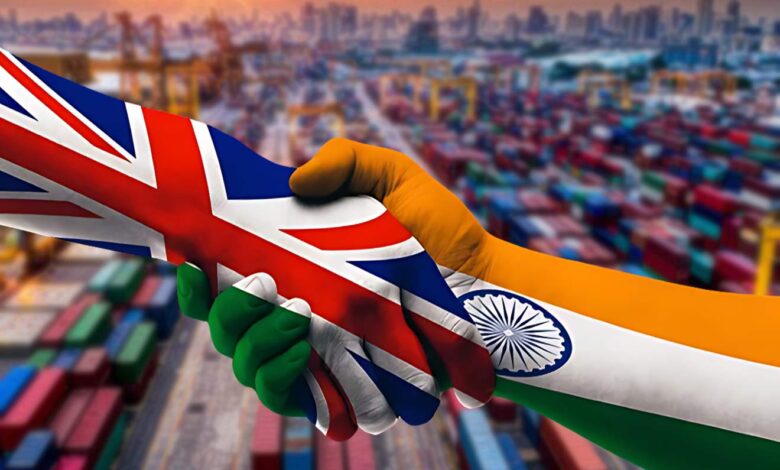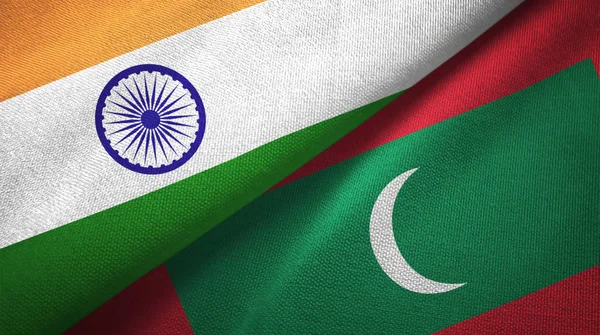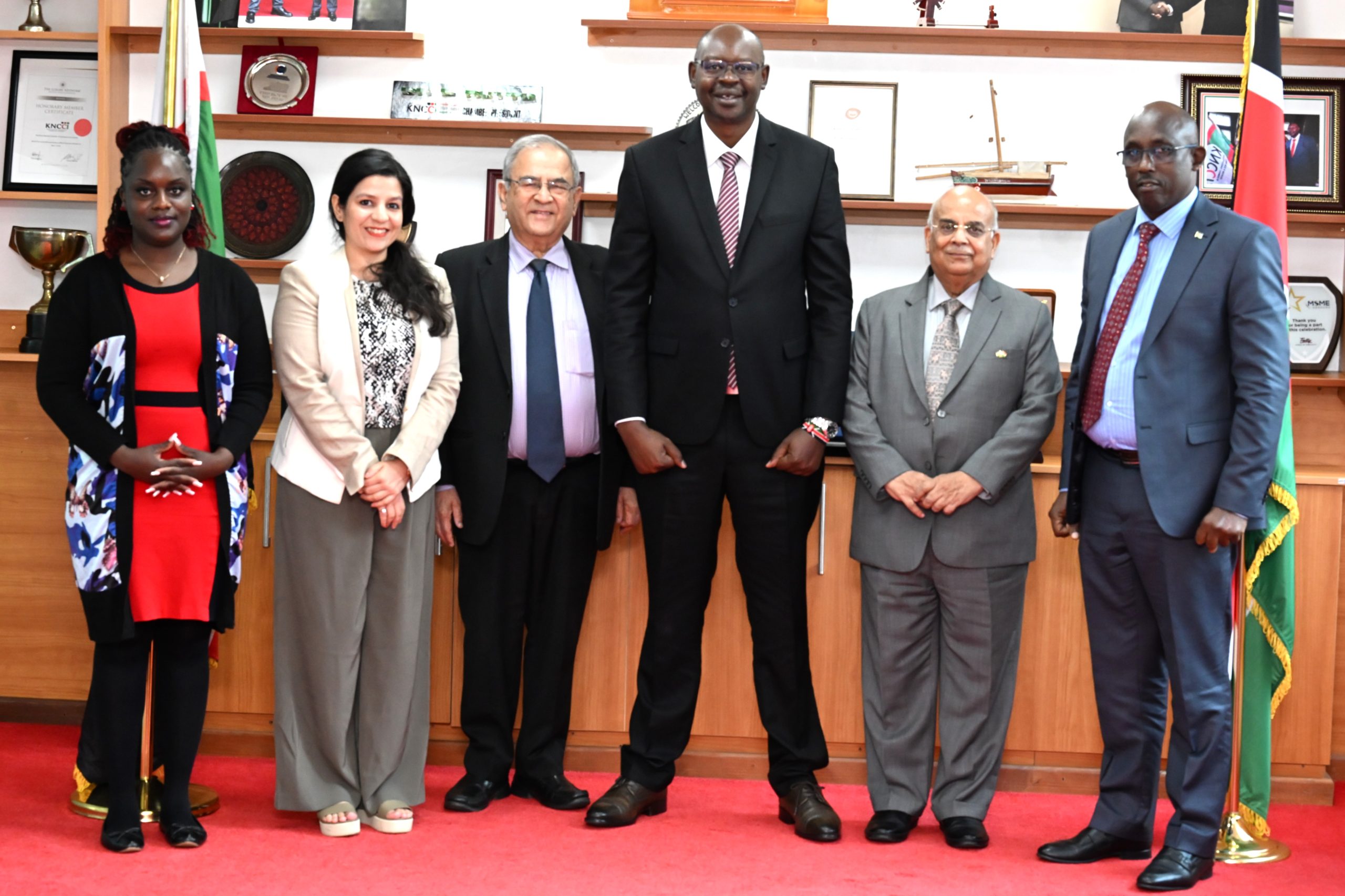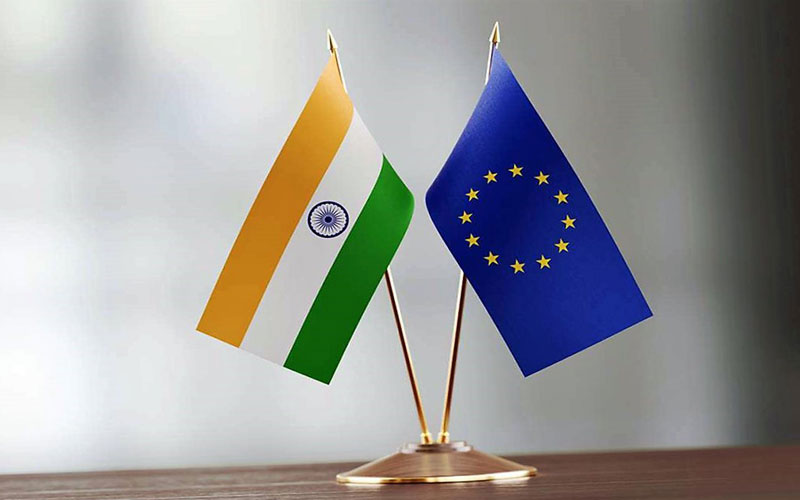SME Lessons for India: What Indonesia’s Rising Investment Story Can Teach Indian Enterprises

SME Lessons for India: What Indonesia’s Rising Investment Story Can Teach Indian Enterprises
In our ongoing series exploring why some nations are becoming more attractive than India for companies exiting China, we previously examined Vietnam and Thailand. Today, we turn our attention to Indonesia, a country that is steadily capturing global investor interest, particularly in manufacturing. For Indian MSMEs, the implications run deep. This isn’t just about FDI numbers; it’s about building an ecosystem where small businesses can thrive, scale and plug into global value chains.
Indonesia’s Investment Momentum
Once seen largely as a raw material exporter, Indonesia has pivoted decisively toward value-added manufacturing. In 2024, the country attracted foreign direct investment (FDI) of IDR 900.2 trillion (approximately US$55.3 billion), marking a 21% increase year-on-year. By Q1 2025, FDI continued its growth trajectory with IDR 230.4 trillion (US$13.7 billion), representing a 12.7% increase, though this marked a moderation from the previous quarter’s robust performance.
Total investment realization in 2024, including both foreign and domestic sources, reached IDR 1,714.2 trillion (US$105.13 billion), representing a 20.8% increase from the previous year. This achievement exceeded the government’s target of IDR 1,650 trillion, demonstrating Indonesia’s growing attractiveness to investors.
Behind these numbers lies an even more important transformation: Indonesia’s ability to create industrial zones like Kendal and Batang that integrate customs clearance, logistics, skilled talent and technology. These hubs don’t just host large corporations; they cultivate local SME suppliers that can compete globally.
The Four Pillars of Indonesia’s SME Ecosystem
Indonesia’s success with SMEs isn’t accidental. It stems from coordinated policy moves that lower entry barriers and promote scale. Four critical enablers stand out:
1. Targeted, Affordable Finance: The Kredit Usaha Rakyat (KUR) loan program provides subsidized credit at 6% interest rates for new borrowers, with Super Micro KUR available at just 3%. The program has been significantly expanded, with national KUR disbursement quota increased to IDR 300 trillion in 2024. This substantially drops financing costs for micro and small enterprises compared to commercial rates.
2. Progressive Taxation: MSMEs earning under IDR 500 million (~US$31,000) enjoy zero corporate tax, while those with turnover between IDR 500 million to IDR 4.8 billion are subject to just 0.5% final income tax. This tax structure, extended through 2025, creates a soft landing for informal businesses transitioning to formal status without penalizing small firms early in their lifecycle.
3. Simplified Licensing & Ease of Business: With its Online Single Submission (OSS) system and the pro-business Omnibus Law, Indonesia has streamlined licensing. MSMEs can now register through a unified system, with the Business Identification Number (NIB) serving as the single permit requirement. Foreign partnerships in previously restricted sectors are now permitted, creating export linkages for local suppliers.
4. Centralized MSME Support Ministry: A dedicated Ministry of MSMEs was established in January 2025, separating from the previous Ministry of Cooperatives and SMEs. The new ministry has 5 echelon- work units and oversees financing, training, export promotion, and digital tools. MSMEs can access coaching, marketplaces and trade missions under one roof, removing coordination gaps.
An Ecosystem Mismatch
India is not without strengths. Projects like PM Gati Shakti, ONDC and robust FDI inflows show clear intent. However, Indian SMEs often find themselves disconnected from these platforms.
Key challenges include:
- Disjointed Infrastructure: Unlike integrated zones in Indonesia, Indian industrial parks often lack customs facilities, logistics integration or unified compliance centers. SMEs face high transaction costs and inconsistent timelines.
- Restricted Credit Access: India’s ₹30 lakh crore MSME credit gap continues to stifle growth. While tools like TReDS and Account Aggregator exist, real-time capital access remains elusive for micro-entrepreneurs.
- Limited Trade Connectivity: Indonesia enjoys strong FTAs with ASEAN, Australia and Japan. India, despite its scale, lacks comparable tariff and logistics advantages particularly for micro-exporters.
Unless Indian SMEs are included meaningfully in export and industrial ecosystems, India’s scale risks becoming an untapped asset.
What Indian MSMEs Must Do Differently
India needn’t replicate Indonesia, but its SMEs can draw key lessons:
- Go Beyond Digitisation to Integration: ONDC, GST, UDYAM and e-invoicing are powerful platforms. But they must translate into usable tools for stock tracking, payments and buyer linkages. SMEs need handholding to convert digital compliance into market credibility.
- Form Clusters, Not Silos: Indonesian SMEs benefit from sector-based industrial clusters. Indian MSMEs whether in textiles (Surat), engineering (Pune) or agritech (Nashik) must form vendor groups to access economies of scale, certification services and government schemes collectively.
- Train for Export Readiness: Certifications like ZED, OEKO-TEX and WRAP are now entry tickets to global markets. MSME councils must facilitate training, paperwork and buyer matchmaking to elevate micro-exporters.
- Localised Credit Pools: SIDBI and RBI can replicate Indonesia’s KUR model by creating plug-and-play credit pipelines in high-SME-density districts with simplified documentation and performance-based disbursals.
- Foster SME-MNC Partnerships: Government-backed supplier portals should match Indian SMEs to MNC buyers and track actual procurement over time. Transparency and thresholds can ensure smaller firms are not sidelined.
Indonesia’s Playbook: Five SME Case Studies
- PT Dharma Polimetal Tbk (Auto Components) From an established player, it became a Tier-1 supplier to Honda, Toyota and Suzuki by leveraging low-cost credit, customs-integrated zones and quality SOPs. Lesson: Master delivery timelines and certification early to enter global OEM networks.
- eFishery (Agritech) It digitized over 70,000 small fish farms and now exports SaaS modules. Lesson: Tech is an exportable asset Indian agri-SMEs must think beyond physical goods.
- PT Sritex (Textiles) A major textile manufacturer scaled to supply global fashion brands via lean practices, vertical integration and sustainability standards. Lesson: Certifications and traceability matter more than size in textile exports.
- Warung Pintar (Retail Digitisation) Enabled street-side shops with POS, inventory tools and credit linkages. Lesson: Indian kiranas can do more than accept UPI they can digitise operations end-to-end.
- PT Voksel Electric Tbk (Infrastructure Supplier) Scaled up by aligning with government contracts and infrastructure demand. Lesson: Indian infra-SMEs must treat public procurement as a scalable business strategy.
Coherence Over Volume
Indonesia’s success isn’t due to just one great policy it’s the synergy across financing, digitisation, licensing and partnerships. That coherence empowers small firms to not just survive but become global suppliers.
In contrast, Indian MSMEs often swim alone in a fragmented sea of schemes. Without structural inclusion in corridors, supply chains and trade pacts, the scale of Indian enterprise risks stagnating at the local level.
India’s Opportunity
India’s potential is enormous. Platforms like ONDC, GSTN and Gati Shakti have laid the digital and physical rails. But to fully realise this promise, execution must be unified and focused on getting SMEs to the front of the line.
Indonesia’s rise isn’t a threat it’s a reminder. A well-oiled ecosystem turns potential into performance. Indian SMEs already have the drive. Now, they need a system that moves with them.
The choice is ours: wait for the next global shift or build readiness now one digital invoice, one cluster partnership, one export contract at a time.











